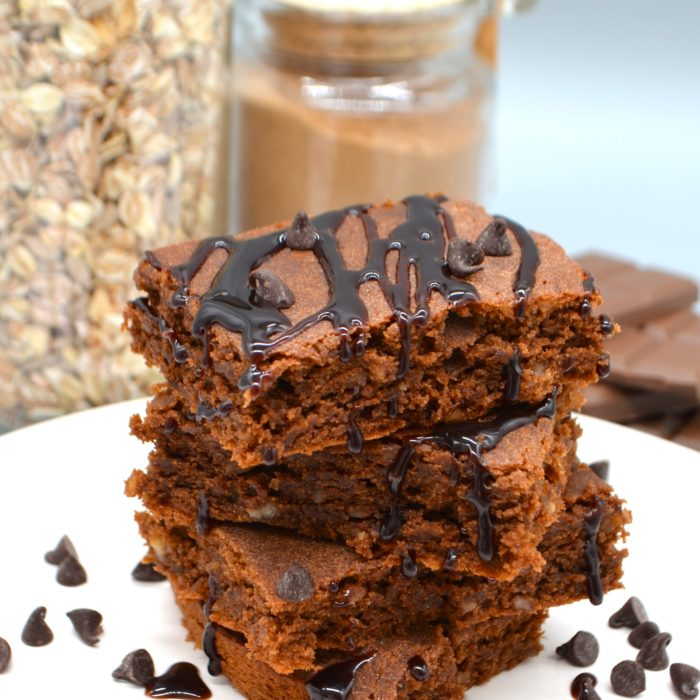Mushrooms vs. Mycelium: The Search for Sustainable Poultry Feed
- jiaxin chen
- Aug 5
- 2 min read
Updated: Aug 6
Global poultry production is expected to increase by more than 10% in the next decade, with chicken making up half of this growth (OECD/FAO, 2024). However, climate change, land degradation, and competition between food and feed crops are putting pressure on resources.
A team led by Robert Ringseis at Justus Liebig University Giessen is exploring alternative feeds, including fungal biomass, to address these challenges. A recent study in Poultry Science examined the effects of feeding Pleurotus sapidus mushrooms (commonly known as the Indian oyster, Italian oyster, phoenix mushroom, or the lung oyster) to broilers, chicken bred and raised for meat production.

Testing Fungal Feed in Broiler
Diets Scientists from the Institute of Animal Nutrition and Nutrition Physiology at Justus Liebig University Giessen divided 72 male Cobb 500 broilers into three groups, each fed a different diet for 35 days:
Control group: Standard diet.
Low-mushroom group: Diet with 25 grams of P. sapidus per kilogram of feed.
High-mushroom group: Diet with 50 grams of P. sapidus per kilogram of feed.

Image Credits: Vegetarian Society
The mushroom-based diets replaced wheat and wheat bran while maintaining similar nutrient levels. Key results included:
Growth rates: Broilers in the mushroom-fed groups had lower final body weights and weight gains than the control group.
Meat yield: Birds fed the higher mushroom dose produced lighter carcasses and smaller breast and thigh muscles.
Nutrient absorption: While digestibility measurements showed little difference, the actual amounts of key amino acids absorbed daily were lower in the high-mushroom group.
Limited Effects on Gut Bacteria and Metabolism
The research team including Lea Schäfer and Martin Rühl found small changes in gut bacteria diversity, with higher species richness in the high-mushroom group. However, levels of beneficial fermentation byproducts, such as short-chain fatty acids, were lower. Liver and muscle analyses showed minimal metabolic disruptions, suggesting the mushrooms did not strongly alter nutrient processing.
Why Did Mushroom Feeding Reduce Performance?
The fruiting bodies contained high levels of β-glucans, a type of fibre known to slow digestion. Previous work by the same research group with fungal mycelium, which has lower β-glucan content, did not show the same growth reductions. This suggests that the fibre content, rather than fungal biomass itself, may be the key factor.

Comparing Mushrooms to Fungal Mycelium. An earlier study using P. sapidus mycelium at the same inclusion levels found no negative effects on broiler growth. This supports the idea that processing methods or fungal components, like β-glucans, play a critical role in feed suitability.
While P. sapidus fruiting bodies did not harm gut health or metabolism, their use at 25-50 grams per kilogram of feed reduced broiler growth. Mycelium appears more promising as a feed ingredient, but further research could explore whether modifying mushroom processing improves outcomes.




